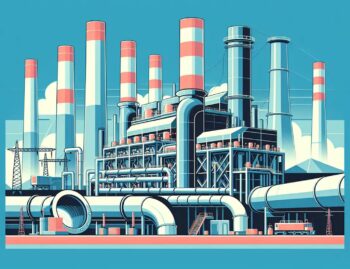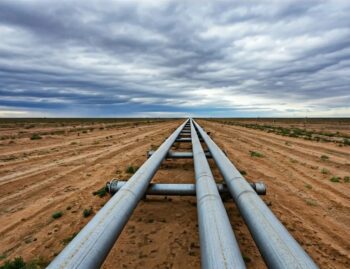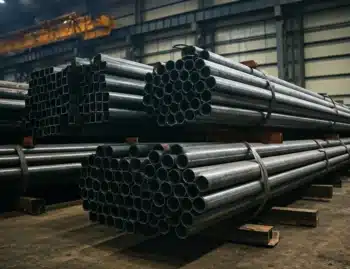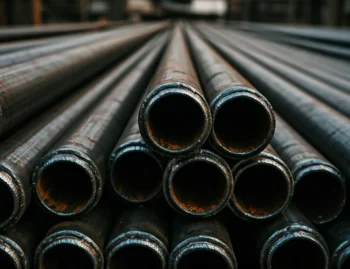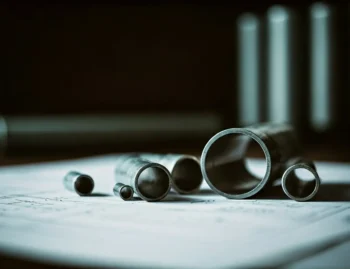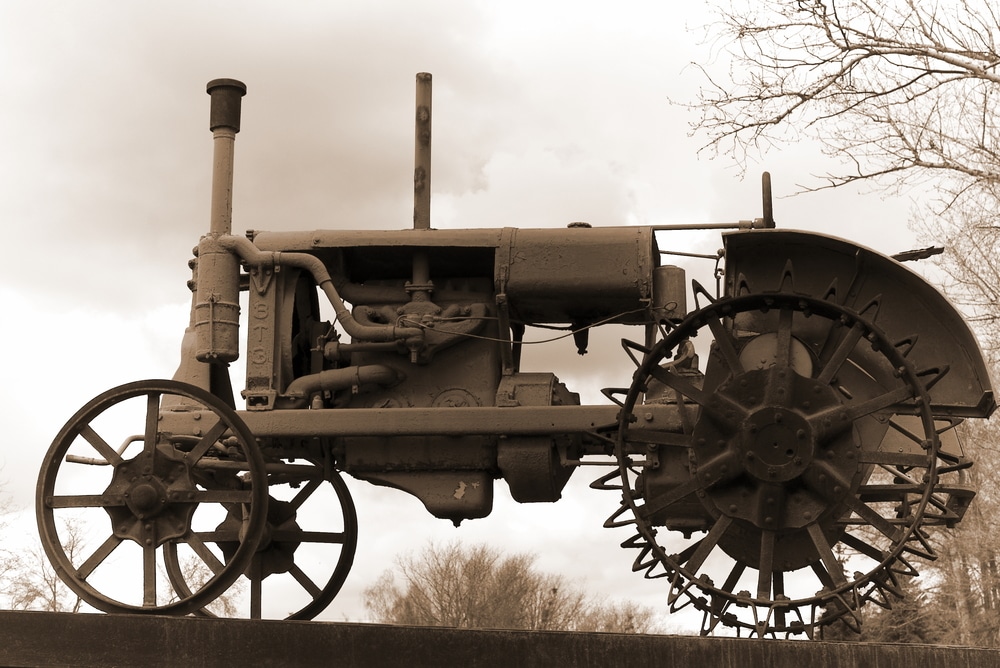
Steel’s legacy through human history has made long-lasting impacts on nearly every sector of our modern lives.
The Iron Age
Steel is one of the oldest documented materials used by humankind. Nearly 4,000 years ago was the beginning of the era now known as the Iron Age. Previously, many people were using bronze, but considering it is weaker, steel swiftly became the most used material for must-have items like weapons and tools.
These items all differed in their style and quality, depending on the methods of the craftsman and the ore available in their region. However, in the 1700s, techniques for molding steel began to become more widespread. Steel began to transform the entire world due to the expanding railroad sector and the new methods of smelting iron on a mass scale.
The Industrial Revolution promoted further changes in farming tools and other business sectors. As steel became easier to access and more well-known, it began to slowly infiltrate nearly all industrial sectors all over the world.
Steelmaking in the 18th and 19th centuries
In the 1850s, the use of steel began to become more similar to the quality of today. Henry Bressemer discovered a way to use oxygen to reduce iron’s carbon and impurities and boost the strength and lifespan of steel. This brought about the transition to the modern industry.
Andrew Carnegie brought this novel technique to the United States after the American Revolution. His well-established steel mill, The Carnegie Steel Company, led to innovations such as skyscrapers, large bridges, and better-crafted railroads.
In the early 1900s, the American steel industry was booming. The invention of stainless steel created a massive impact on the building, transportation, and weaponry industries especially. By the middle of the century, the rising sophistication of electric power allowed furnace sizes to increase in capacity to up to 50 tons.
The Modern Era
Today, advances in steel production have increased even further. The use of steel has only increased as new bridges and city infrastructure is manufactured worldwide. Businesses and city planners want their productions to use one of the strongest, most well-developed, and studied materials, so naturally, steel is often chosen.
We also see a rise in eco-friendly options, like using melted-down scrap pieces instead of constantly producing steel from the source. The most common way steel is manufactured, is by using electric arc furnaces and carbon electrodes. While this is faster and more effective than in previous centuries, it is not environmentally friendly.
The Future of Steel
As the need for steel only rises, more enterprises and governmental actors are asking how we can change the use and production of this necessary material in a cleaner way. Worldwide, the search for carbon-neutral ways to extract iron ore continues. The newest developments include The Green Method, which uses a technique called hydrolysis.
This process involves splitting water into oxygen and hydrogen, which uses technology like hydrogen burners and hydrogen plasma smelting reductions instead of coal and natural gas. This and other leading developments could mean a brighter and greener future in the decades to come.



